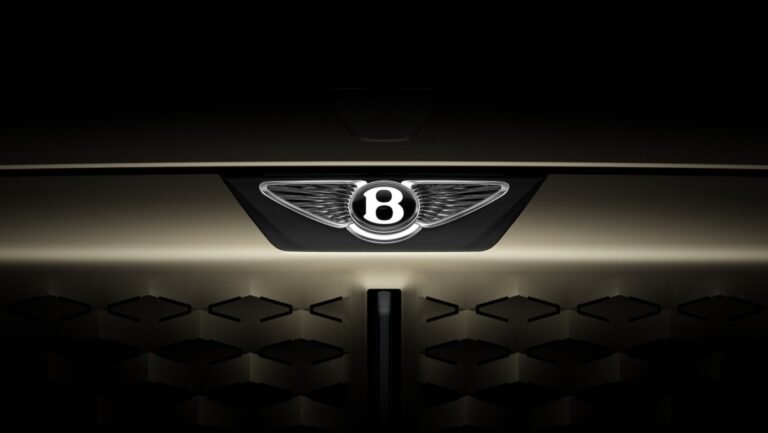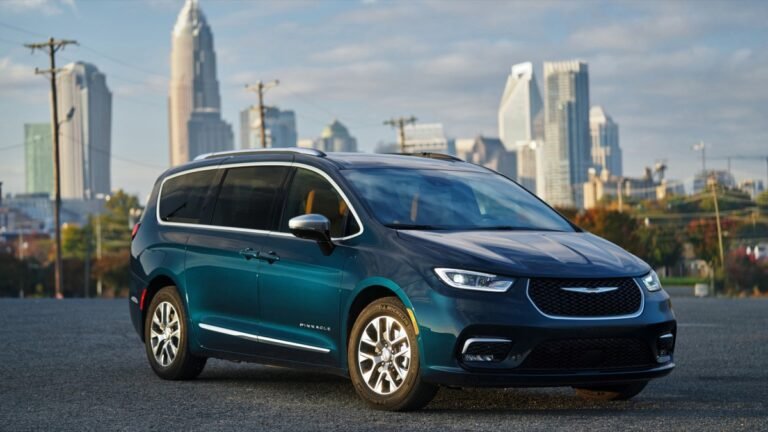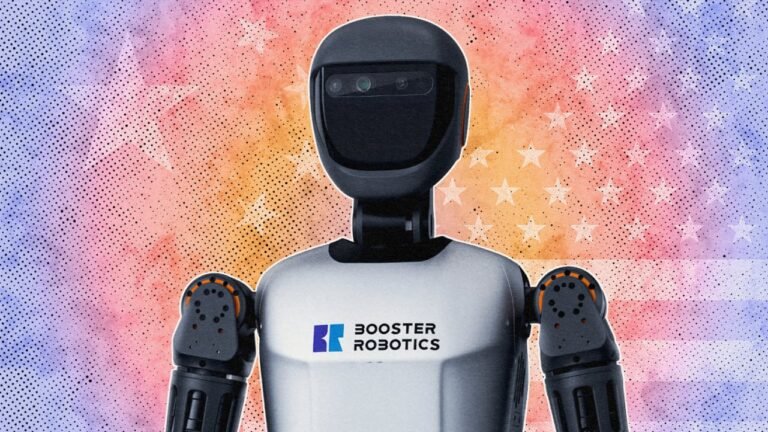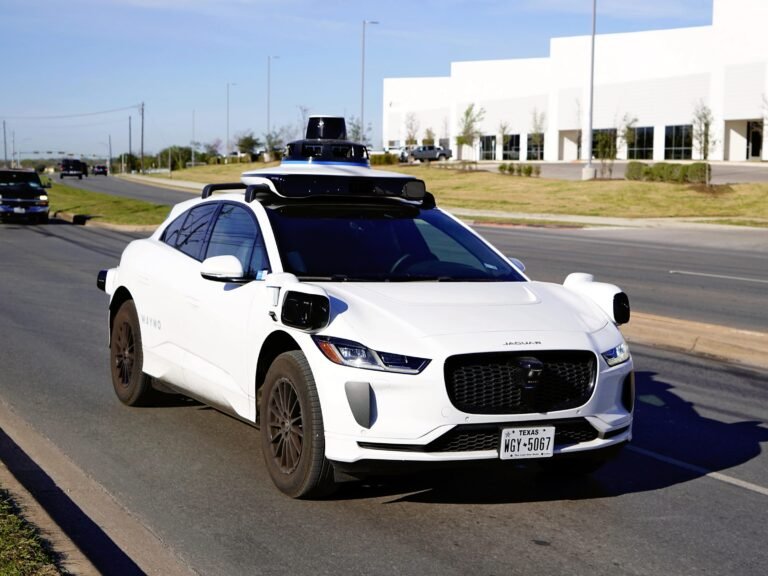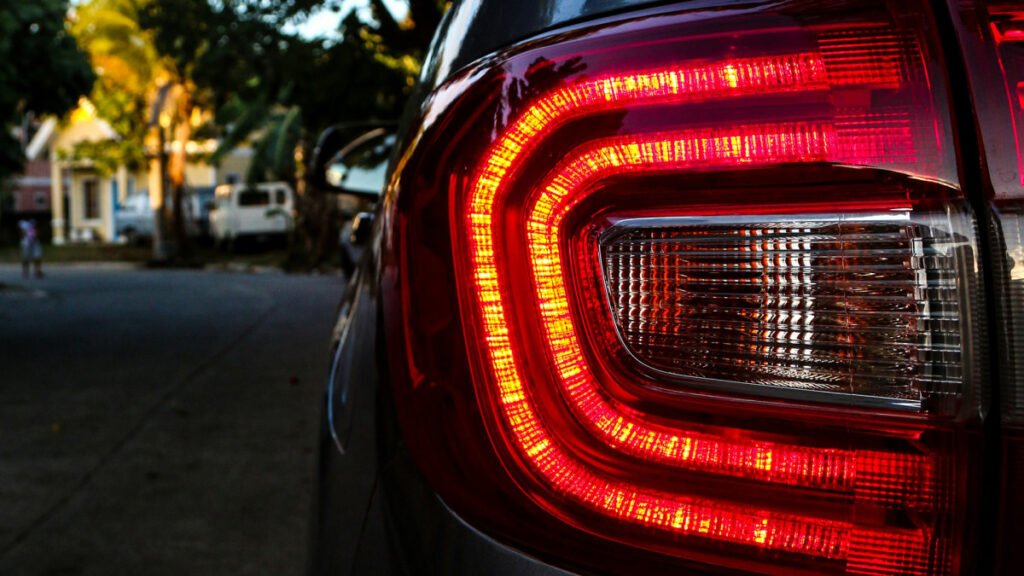
Simple Idea, Big Impact
New safety technologies have become almost overwhelming in their complexity. Some, like certain lane-keep assist systems, can be obtrusive. Others, like automatic emergency braking, are proven to prevent potentially fatal crashes.
But often, the most effective safety technologies are not all that complicated. Seat belts are one example, and a new one being investigated is the use of front-facing brake lights (FBLs) on cars. A study from Graz University of Technology in Austria suggests that up to 17% of crashes can be avoided outright, and up to 25% can result in reduced injury severity, with the use of front brake lights.
Assessing Other Drivers’ Intentions Is The Key

As with good ol’ rear brake lights and turn signals, the ability to predict the actions of other drivers close to you is a key aspect of vehicle safety. Whether someone is in the process of stopping or turning, you can take the necessary precautions and respond. FBLs simply add another means of communication that is especially helpful in certain scenarios.
It’s often difficult to gauge the intention of approaching cars in intersections, such as when cross traffic doesn’t need to stop. Pulling into or crossing the road will require an accurate judgment, based on approaching traffic and how fast or slow you think other drivers are going. Instead of taking a complete risk, as many drivers do, FBLs can show whether an approaching driver is slowing down or continuing at a constant or increasing speed. That way, you can make a more informed decision about whether it’s safe to go.
Furthermore, pedestrians can also use illuminated FBLs to determine if it’s safe to cross a road or not. The creators of the study proposed that front brake lights be green, much in the way a green traffic light is associated with right of way or it being safe to go.
Even A Small Reduction In Reaction Time Matters
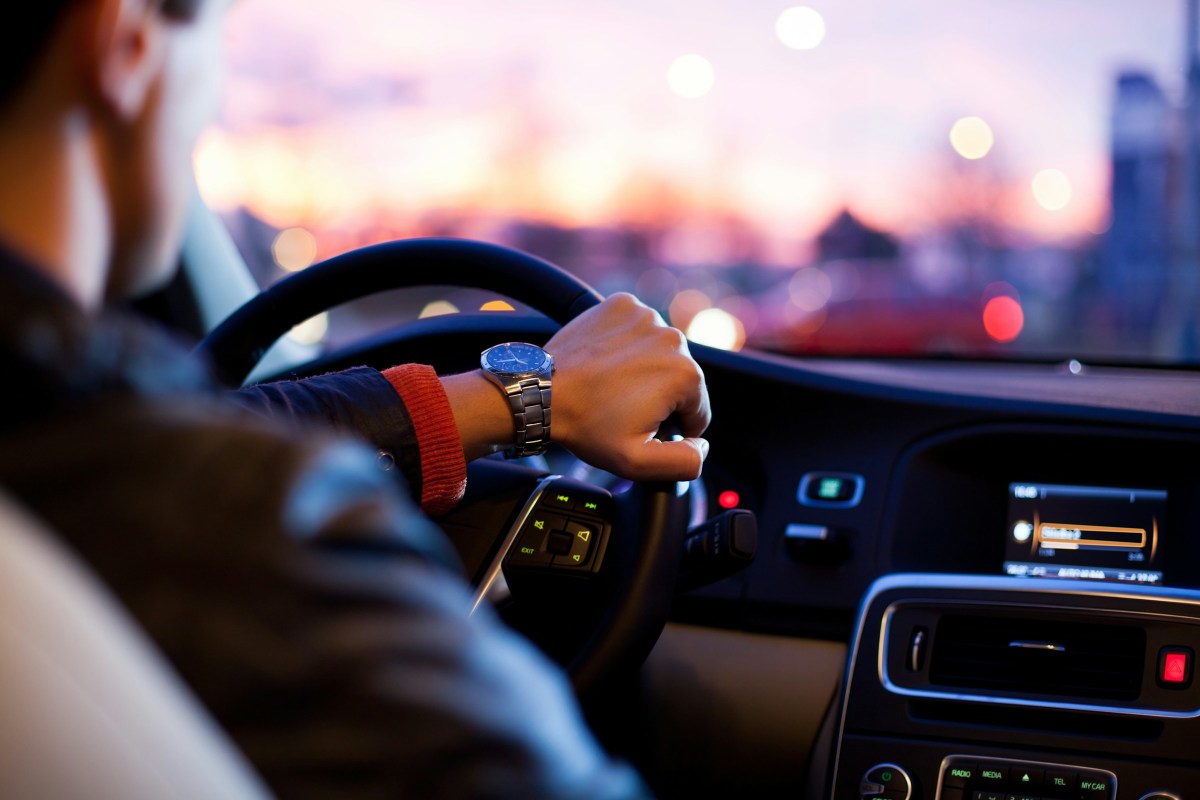
The study recreated 200 real car crashes to determine reaction times, carefully analyzing each step of how the collision took place and when the car/s started braking. Next, they recreated these accidents but added FBLs to cars coming from the front or side, while assuming that the quicker reaction times would apply when these lights are illuminated. Reaction times were measured at 0.5, 1.0, and 1.5 seconds. Obviously, a lower reaction time is better.
According to the simulations, 7.5 to 17% of the original crashes could have been avoided entirely with FBLs, and as many as 25.5% of those crashes would reduce the severity of injuries, due to the drivers responding more quickly. Even a half-second quicker reaction time can significantly influence the severity of a crash.

The researchers also pointed out that side brake lights would be important in some cases, where front brake lights aren’t visible. Fortunately, as with the front-facing brake lights, these side lights could potentially be retrofitted, and they wouldn’t cost much to install on new vehicles, either.
While more evidence is needed to support the study’s results, these findings suggest that this simple piece of technology could significantly improve road safety for commuters and pedestrians alike. But even if more conclusive proof of FBL’s benefits were to emerge, it would still need to pass legislation via the National Safety Highway Administration (NHTSA), an organization that is notoriously slow to adapt to new safety technologies.

